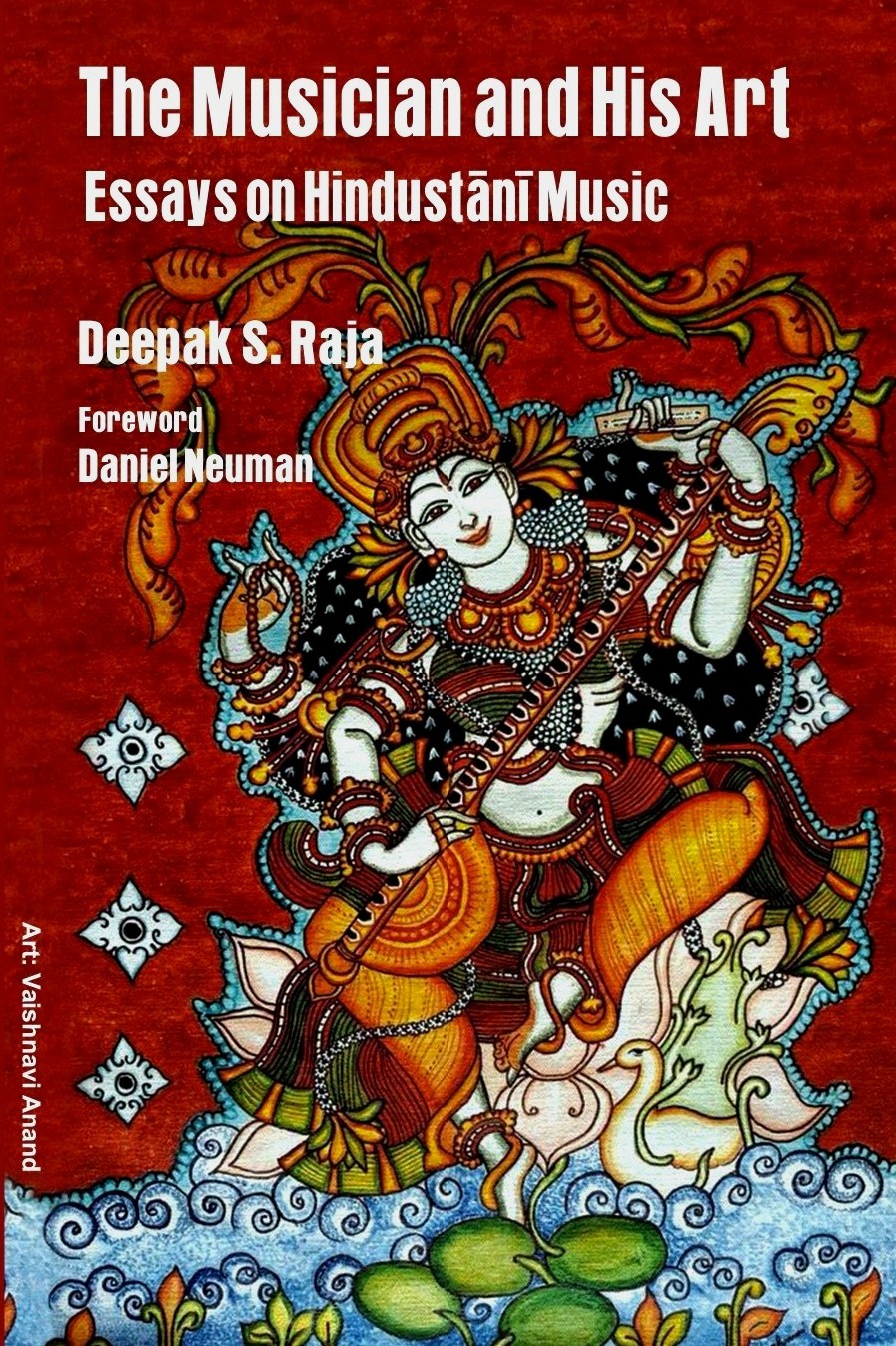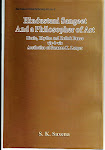 Shujaat Khan spoke to Deepak Raja on July 21, 1996
Shujaat Khan spoke to Deepak Raja on July 21, 1996 1960, I was born. I have no idea what was happening until 1966, when I performed for the first time, accompanying Abba (intimate form of address for the father). Then, the wagon began to roll..getting noticed... child prodigy...everything is hunky dory.
The turmoil began when my parents were heading for a separation. I was, then, old enough to know what was going on, but not old enough to handle it. This must have left some lasting impression on me, and my music. Abba was, then, not very good at putting father and Guru together. Growing up with him (in the absence of the mother) was difficult.
Between 18 and 22 I went wild...film industry, fusion music, sports, foreign travel, women ... but luckily no alcohol or drugs. There was (during that period) always music in my life; but not much disciplined practice. I was seen as a gifted musician, but a waster. I was having a great time, and beyond that, I didn't care.
At 24, I decided to settle down, and got married. After marriage, we continued to live with Abba until, one day, I decided to quit. Walking out on him could well have damaged my career; but I didn't care. I could make a living in many other ways. In 1985, I almost accepted a job as a Manager in an Assam tea estate. But, destiny had other plans.
It was October (1985), the beginning of the music season. I decided to rough it out for a while, and test out the concert market. There was probably something in the stars. And, also, something that had happened invisibly to my music during the wild years. I found that my music had changed tremendously. And, people's attitudes had improved a lot.
As my musical career took shape, my faith in our system of music was reconfirmed. As an education, there is really no substitute for living with the Guru. Because, you just can't put your finger on taleem (training/ apprenticeship). When, how, and under what circumstances you will acquire that flash of insight into the secrets of the Guru's music is impossible to predict, and therefore impossible to schedule. The magical quality of that experience had to express itself in my music. And, I should think, it does.
It isn't a musician's job to interpret his own music. But, I can try.
In my search for my own finished product, the first thing I worked on was how I returned to the bandish (the composition) after finishing a tan. Most musicians will take a tan, and round it off with a tihai (a symmetrical melodic structure consisting of a phrase repeated thrice) which is mostly pre-composed and ends at the sam (the first beat of the rhythmic cycle). I decided I needed to do something different.
I started working on the amad (the last part of the composition, preceding the return to the mukhda or the theme/ refrain of the composition) especially, the type which merges almost imperceptibly with the composition. An amad rich with multiple variants was the forte of the great vocalists of yesteryears. I tried to recapture some of that old magic of amads.
Then, I worked on the rhythmic component of my music. My choice fell, by temperament, on the jod (the simple two-beat rhythmic movement that follows the free-flowing alap). I enjoy playing this form, and have tried to make it more interesting without doing any damage, either to sitar music, or to the Vilayat Khani style, or to Indian classical music.
Over the last five years, I am delving deeper into vocalism. This comes naturally to me. By the time I arrived, Abba had already entered the gayaki (the style simulating vocalism on instruments) phase. The tantkar ang (the style appropriate to plucked instruments) remains with me as a part of my training. But, what I play is influenced more by the Vilayat Khan gayaki style and the great vocalists I have heard.
© Deepak S. Raja
The finest recordings of Shujaat Khan have been produced by India Archive Music Ltd., New York.
At 24, I decided to settle down, and got married. After marriage, we continued to live with Abba until, one day, I decided to quit. Walking out on him could well have damaged my career; but I didn't care. I could make a living in many other ways. In 1985, I almost accepted a job as a Manager in an Assam tea estate. But, destiny had other plans.
It was October (1985), the beginning of the music season. I decided to rough it out for a while, and test out the concert market. There was probably something in the stars. And, also, something that had happened invisibly to my music during the wild years. I found that my music had changed tremendously. And, people's attitudes had improved a lot.
As my musical career took shape, my faith in our system of music was reconfirmed. As an education, there is really no substitute for living with the Guru. Because, you just can't put your finger on taleem (training/ apprenticeship). When, how, and under what circumstances you will acquire that flash of insight into the secrets of the Guru's music is impossible to predict, and therefore impossible to schedule. The magical quality of that experience had to express itself in my music. And, I should think, it does.
It isn't a musician's job to interpret his own music. But, I can try.
In my search for my own finished product, the first thing I worked on was how I returned to the bandish (the composition) after finishing a tan. Most musicians will take a tan, and round it off with a tihai (a symmetrical melodic structure consisting of a phrase repeated thrice) which is mostly pre-composed and ends at the sam (the first beat of the rhythmic cycle). I decided I needed to do something different.
I started working on the amad (the last part of the composition, preceding the return to the mukhda or the theme/ refrain of the composition) especially, the type which merges almost imperceptibly with the composition. An amad rich with multiple variants was the forte of the great vocalists of yesteryears. I tried to recapture some of that old magic of amads.
Then, I worked on the rhythmic component of my music. My choice fell, by temperament, on the jod (the simple two-beat rhythmic movement that follows the free-flowing alap). I enjoy playing this form, and have tried to make it more interesting without doing any damage, either to sitar music, or to the Vilayat Khani style, or to Indian classical music.
Over the last five years, I am delving deeper into vocalism. This comes naturally to me. By the time I arrived, Abba had already entered the gayaki (the style simulating vocalism on instruments) phase. The tantkar ang (the style appropriate to plucked instruments) remains with me as a part of my training. But, what I play is influenced more by the Vilayat Khan gayaki style and the great vocalists I have heard.
© Deepak S. Raja
The finest recordings of Shujaat Khan have been produced by India Archive Music Ltd., New York.












